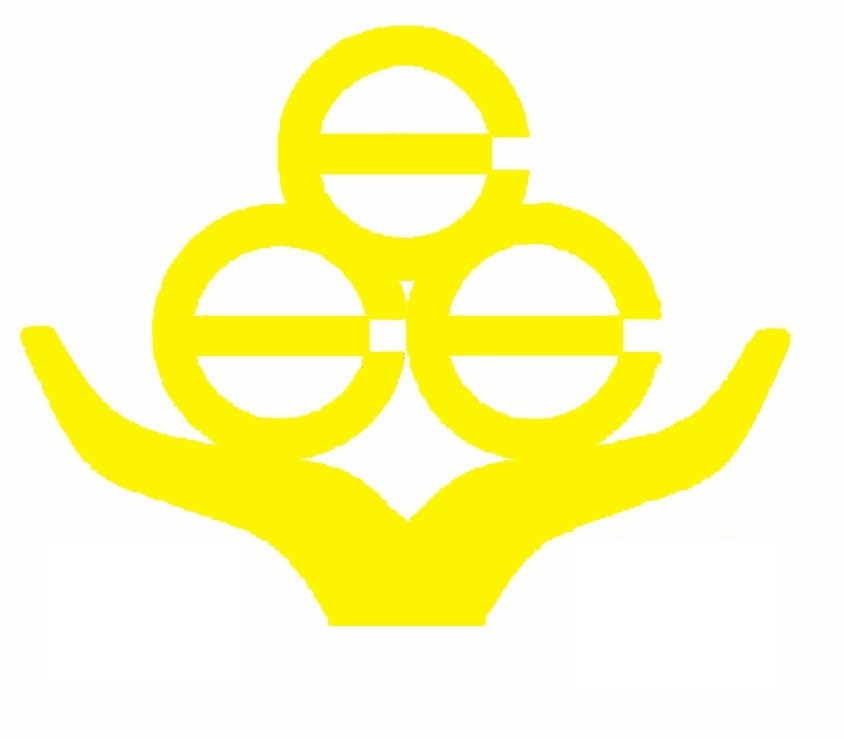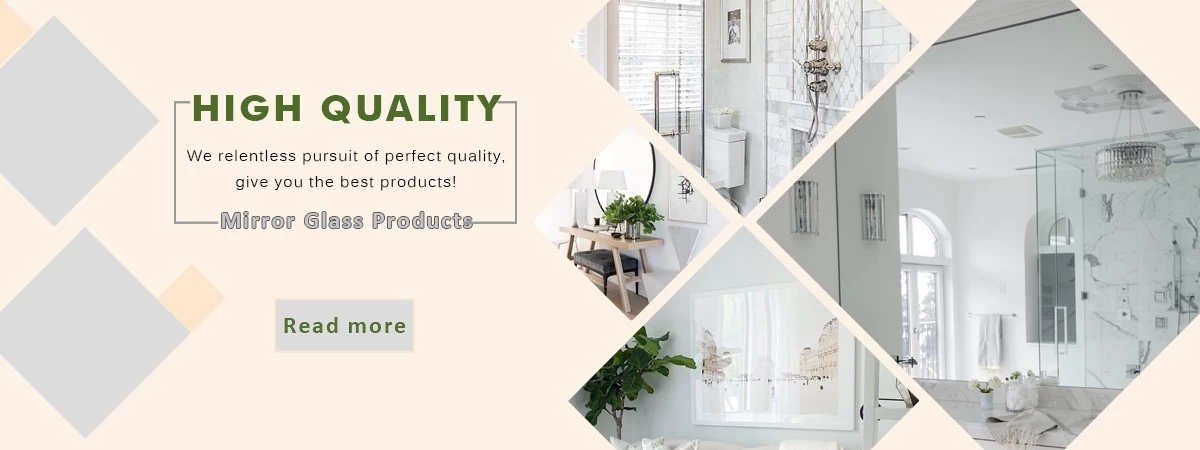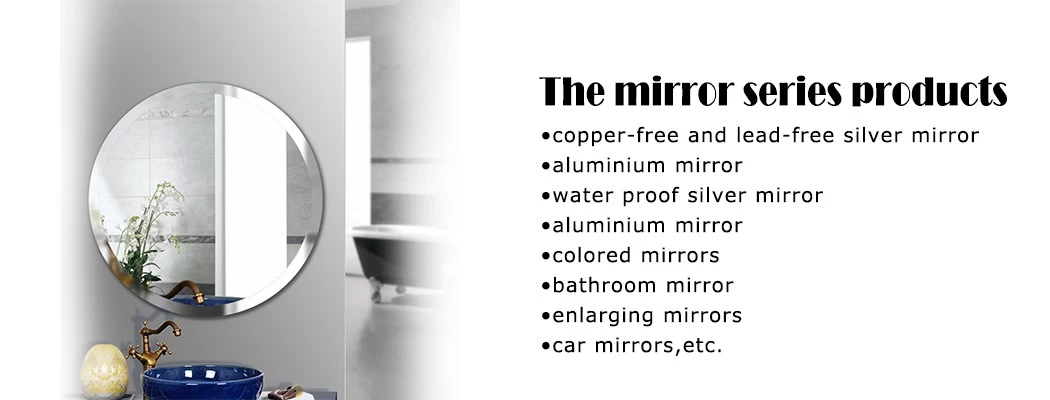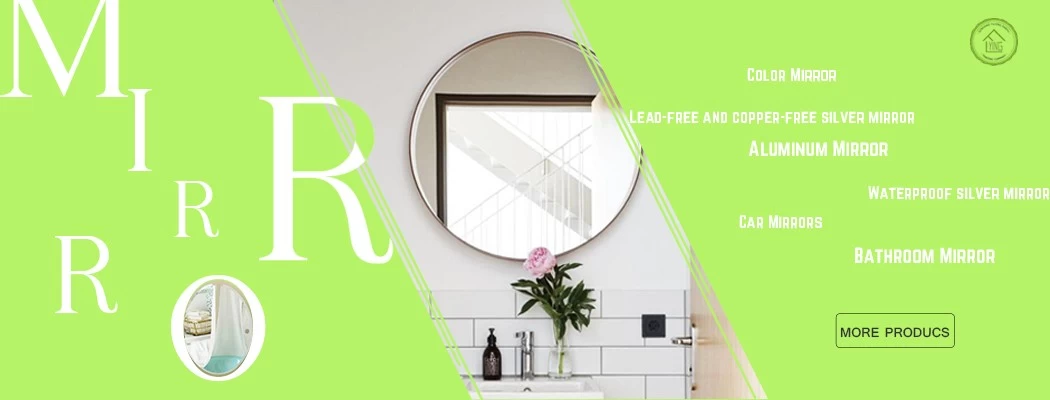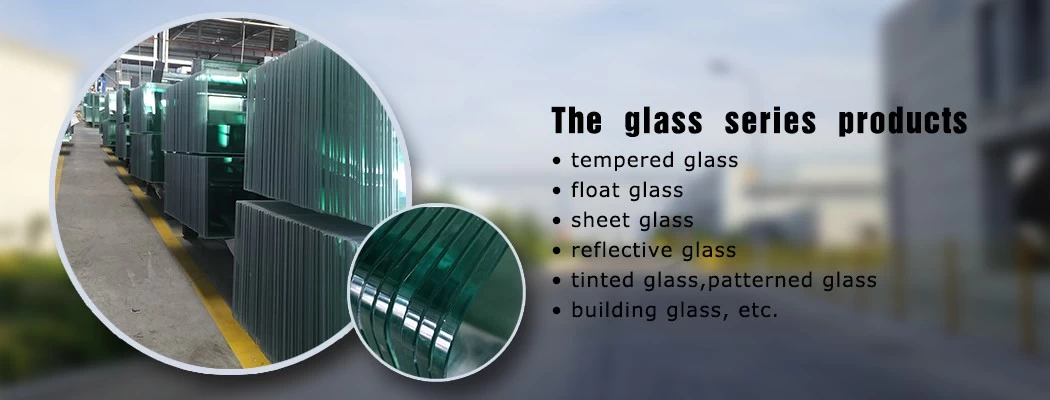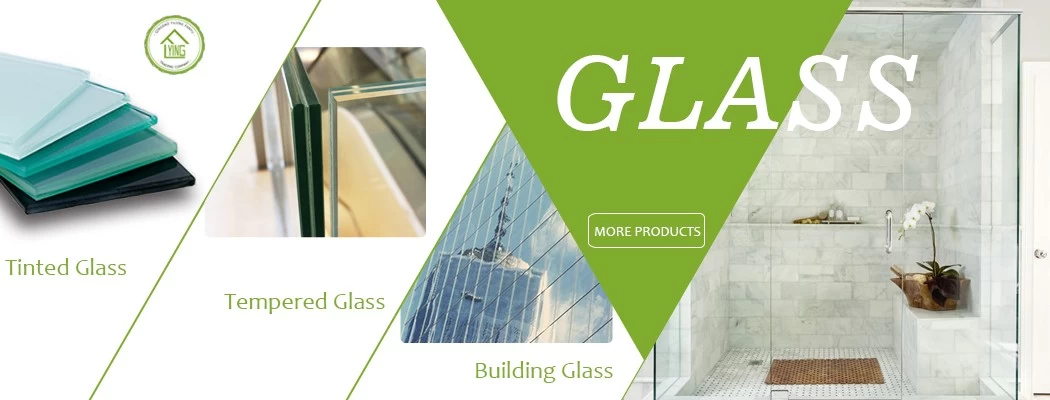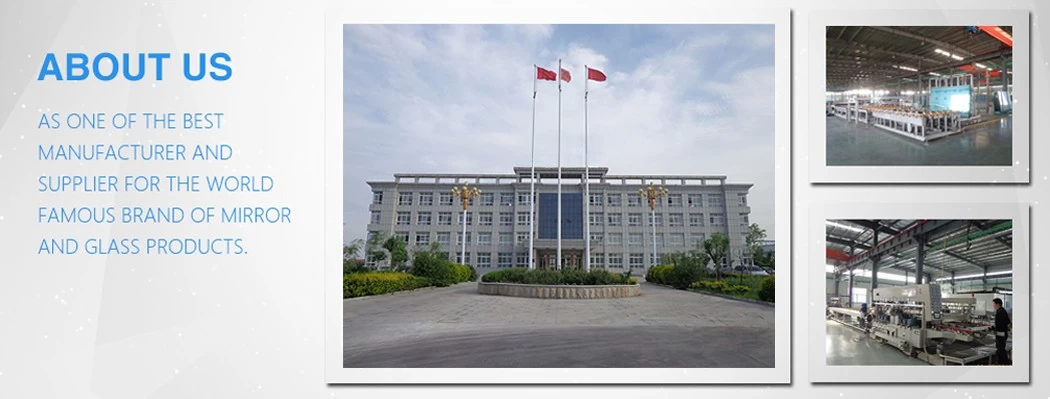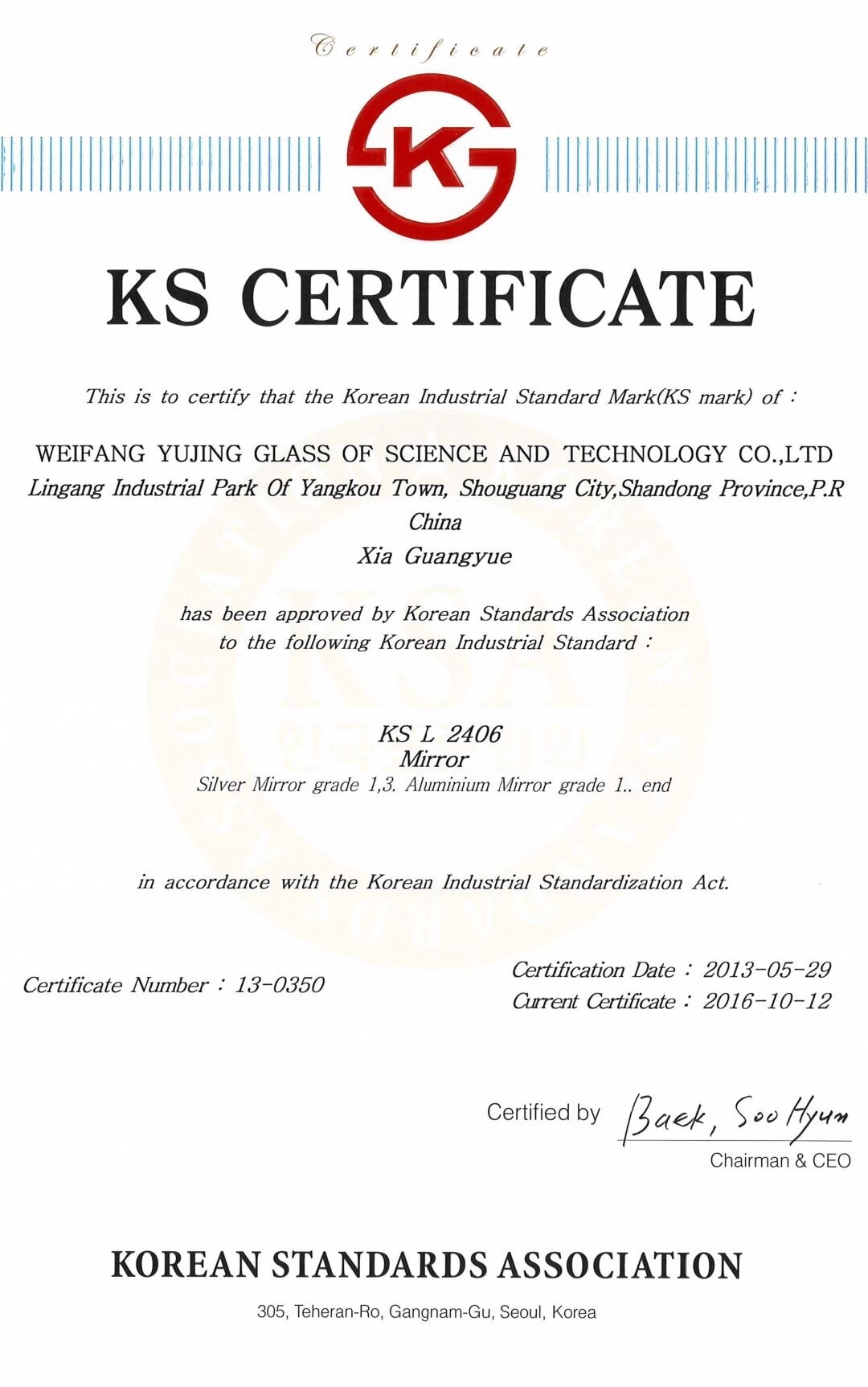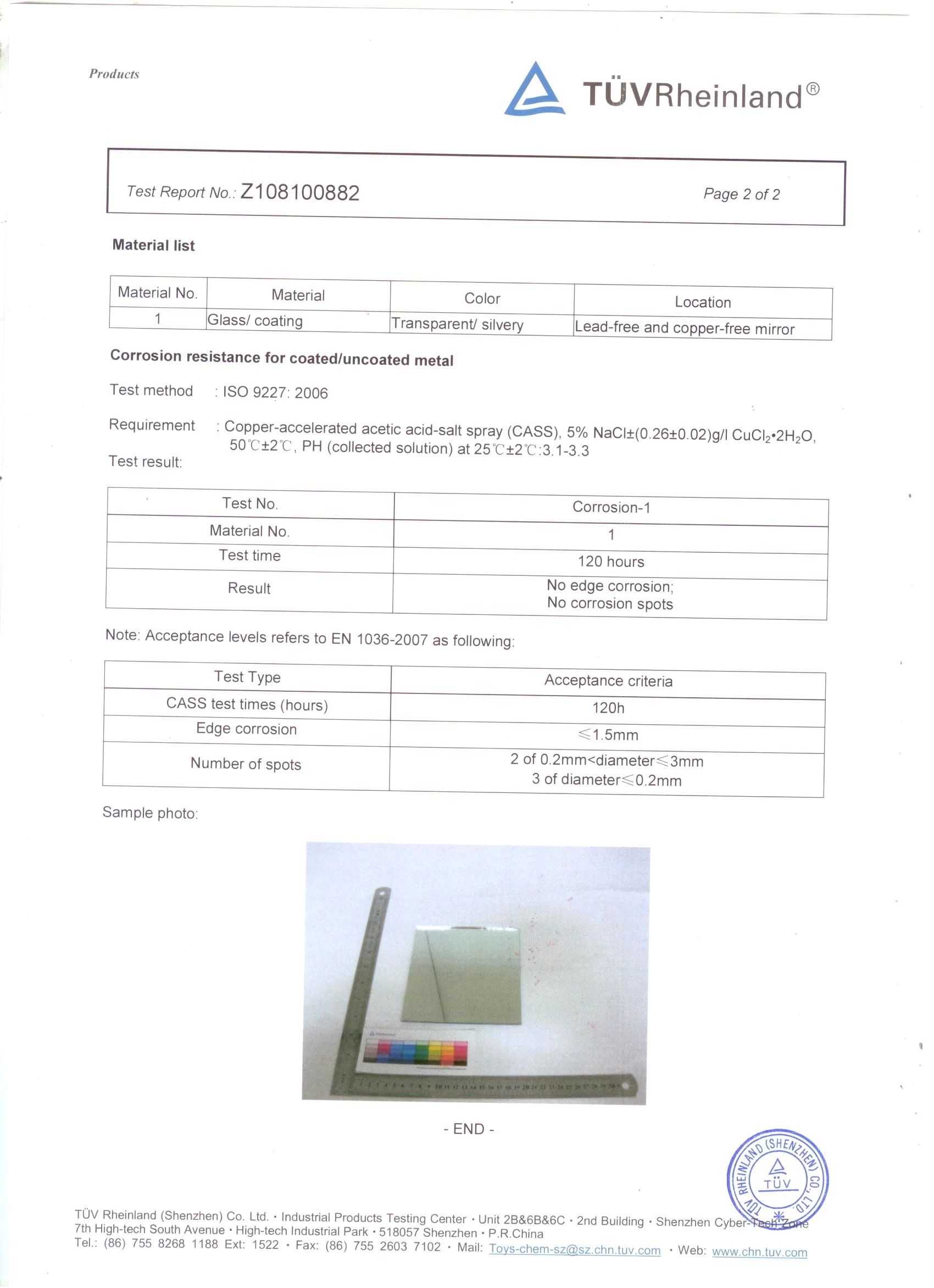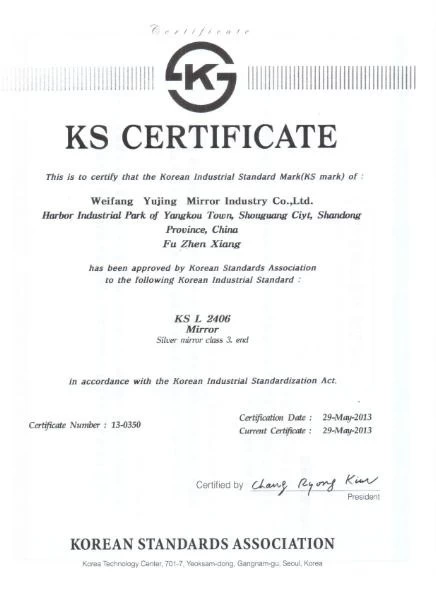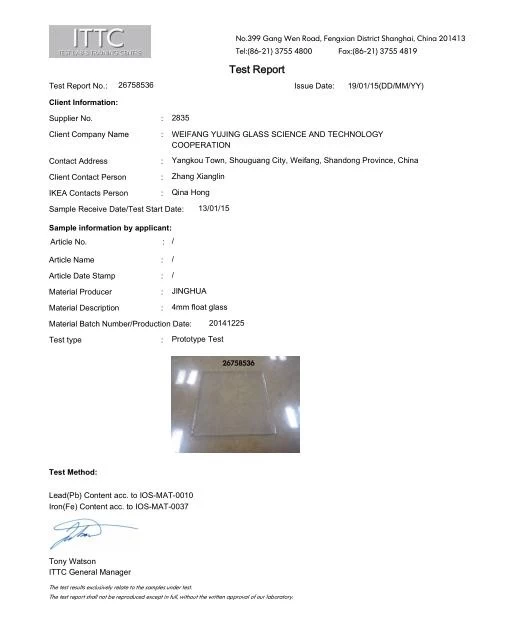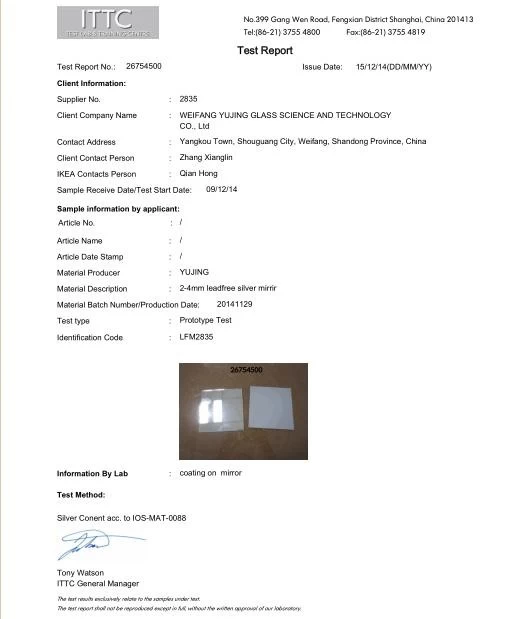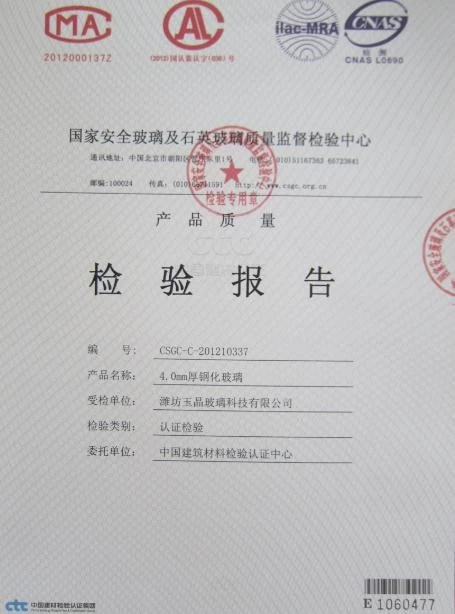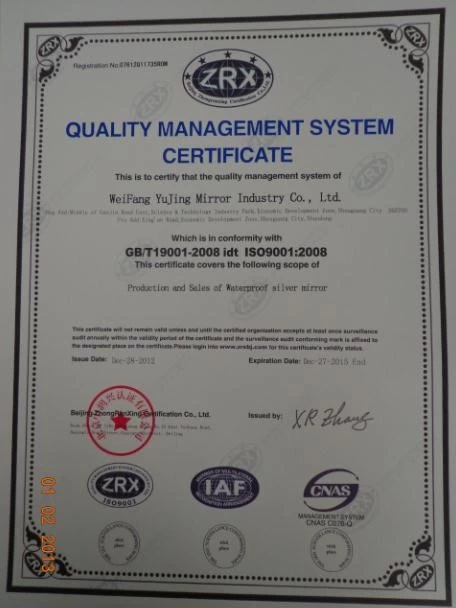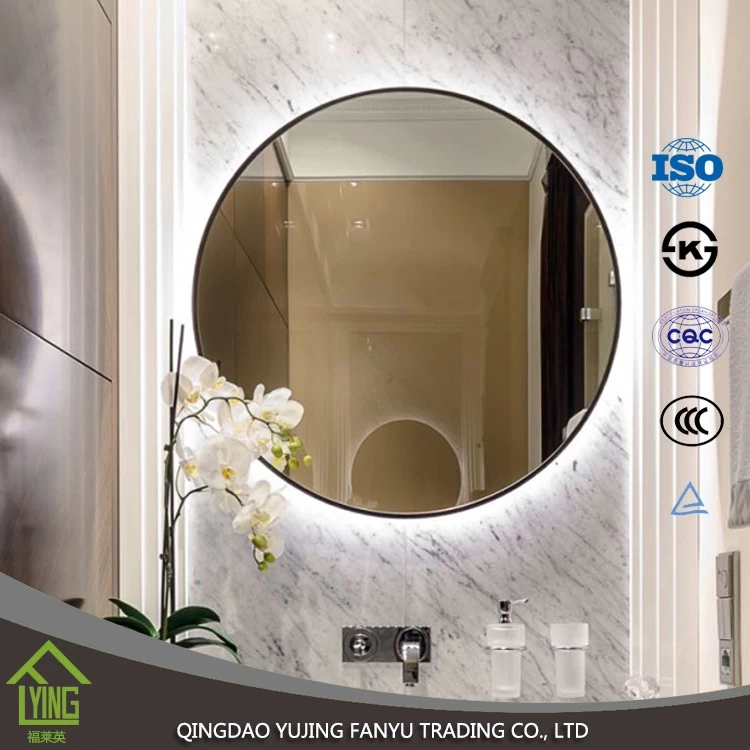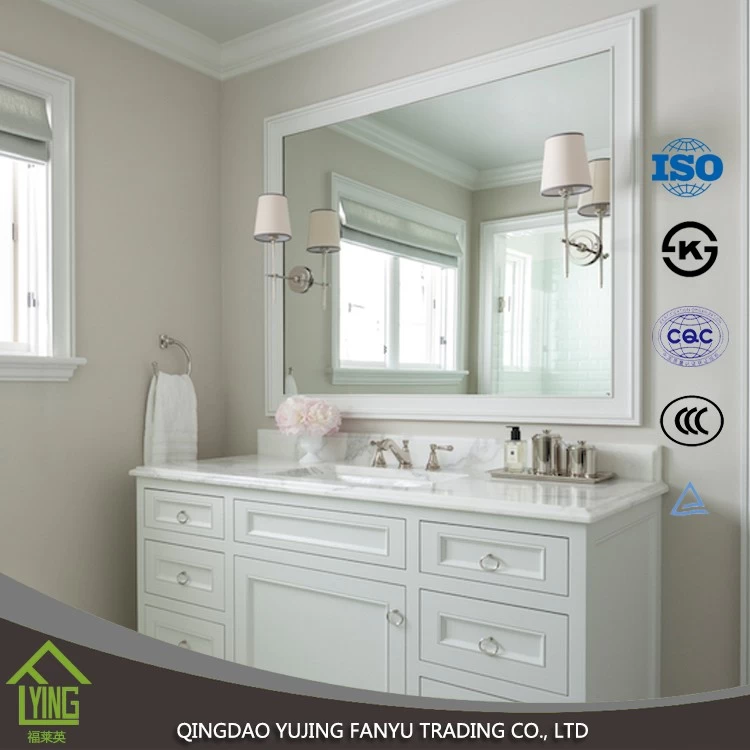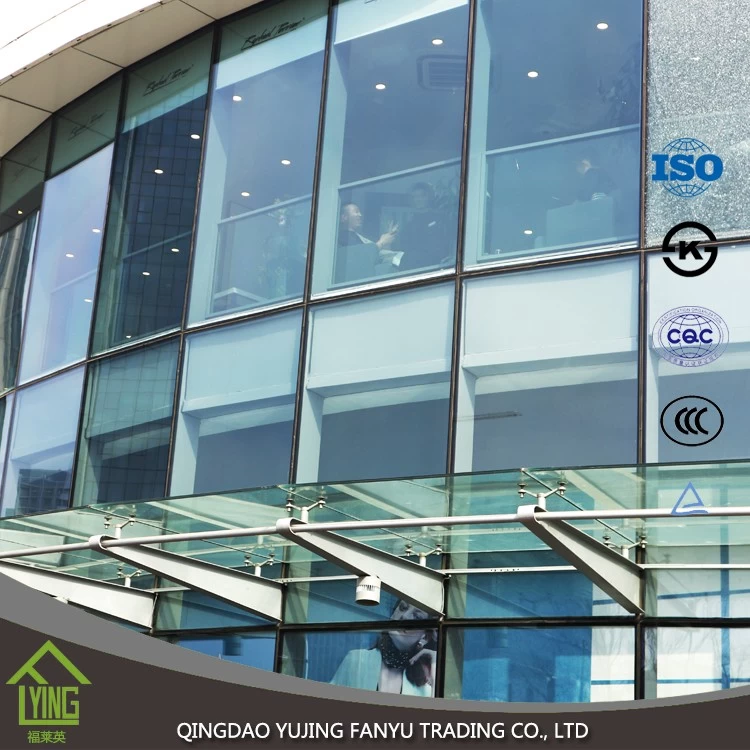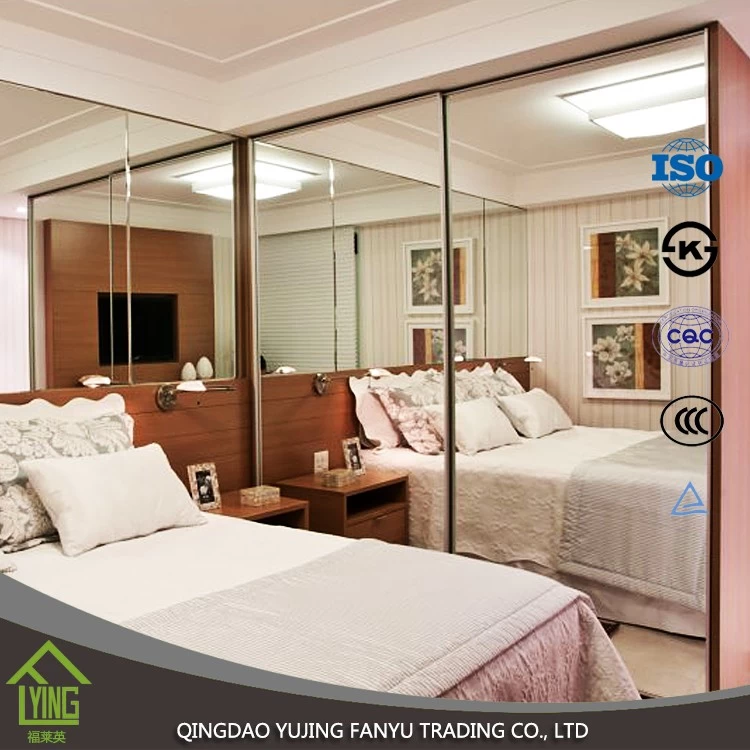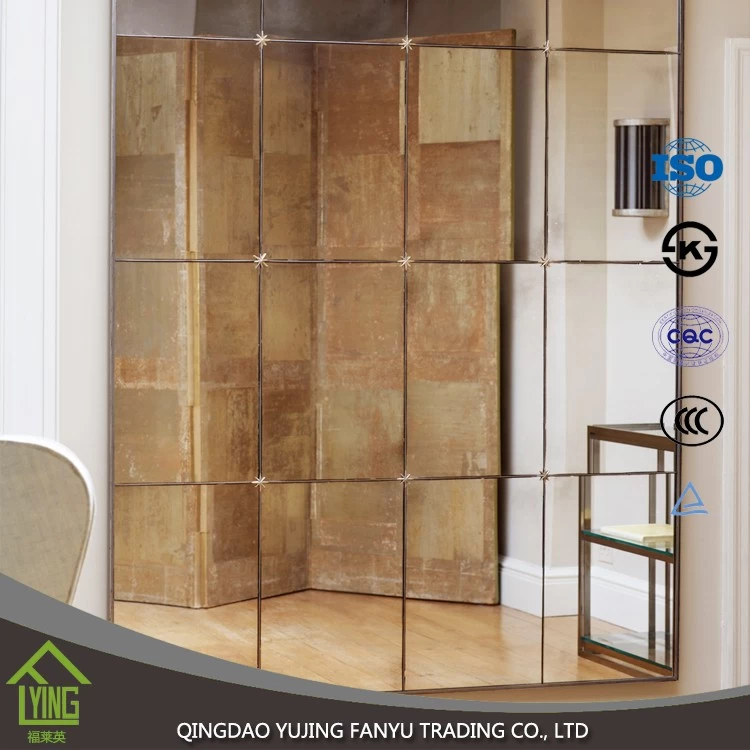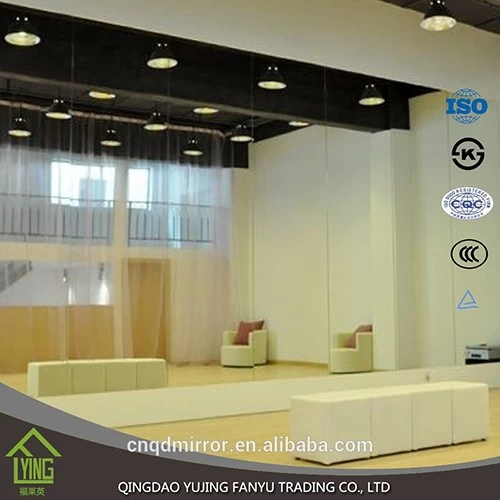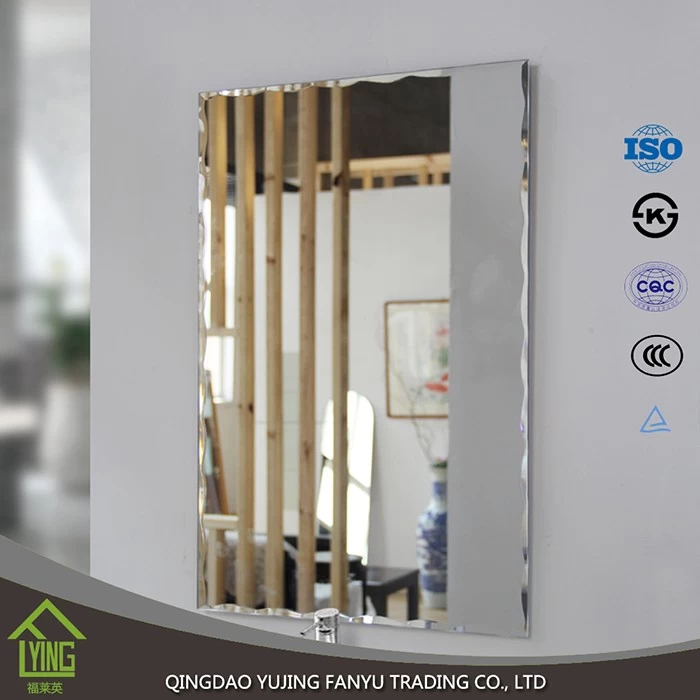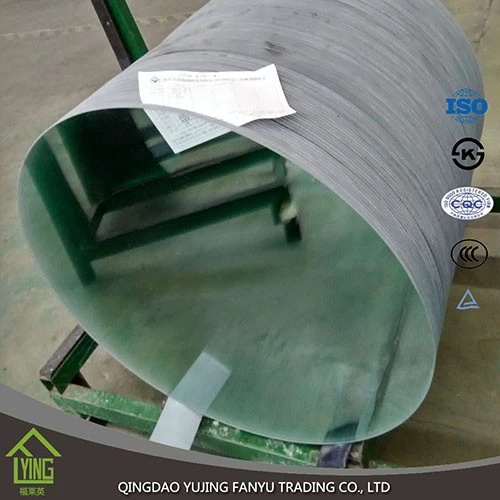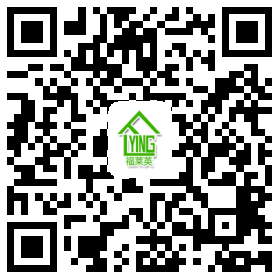What is the effect of the position of low-e glass coating on the insulating glass?
Fanyu
www.glass.com.cn
2018-01-29 15:05:38
This paper mainly analyzes the position of the low-e glass coating surface, the influence of the U-value and shading coefficient of low-e insulating glass, especially the three-low-e insulating glass, the relationship between E value, U value and sun shading coefficient, and the change of the U value of the glass filled with inert gas were discussed, In order to provide energy-saving doors and windows to design the use of low-e glass.
The current use of insulating glass varieties, mostly double glass hollow, three glass hollow, double glass low-e hollow products. With the lifting of the requirements for energy-saving properties of doors and windows, the configuration of insulating glass for doors and windows to the dual-low-e hollow (off-line, double silver), three glass-low-e hollow, three glass dual-low-e or the use of warm edge, inflatable and other technology direction,GlassEnergy-saving performance will be significantly improved.
The choice of low-E glass is more and more valued by people, its product series, specifications, varieties more and more refined, for different energy-saving performance requirements, there have been more new products.
Characteristics of low-E glass
Low-E Glass (also known as lower-emissivity coated glass) is a short emissivity glass, which is a film product consisting of multilayer metal or other compounds on the surface of glass. The product has high transmittance to visible light, and has high reflectivity to infrared ray (especially for Cosco IR), and has good heat insulating property. It can play the role of controlling sunlight, saving energy, controlling heat and improving environment. The surface emissivity of ordinary glass is about 0.84, and the surface radiation rate of online low-e glass is generally below 0.25. The low emissivity of this thickness in 80nm~90nm has high reflectivity to far infrared radiation, and can reflect more than 80% of the far infrared radiation back, so the lower-E glass has good barrier effect of heat radiation.
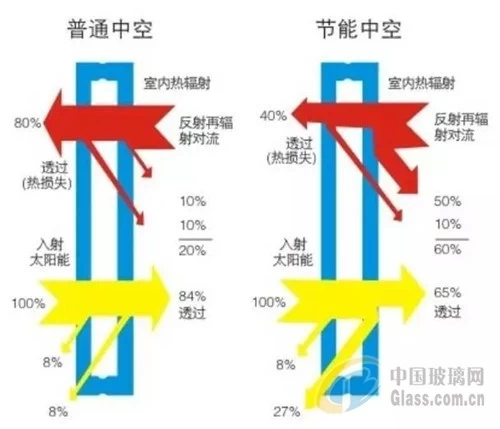
The radiant rays of the sun, most of which pass through the insulating glass to the interior, bring light and warmth to our lives. Indoor items will be due to their own warm temperature and radiation (Long-wave), but also a certain amount of heat through the insulating glass and passed to the outside. Insulating glass made from low radiation coated glass will transmit most of the visible light and solar energy in the sun to the interior and effectively prevent the indoor RE radiation (Long-wave) from passing through the glass to the outside, achieving the goal of reducing the U value of the door and window products.
In winter, the low radiation insulating glass design in northern cities of China is mainly concerned with shielding ultraviolet rays, high transmission of visible light (increasing the use of natural daylight), high transmission of near-infrared rays (obtaining solar thermal energy), low transmission of long wavelength (2.5μm~50μm) (Preventing heat loss in the room).
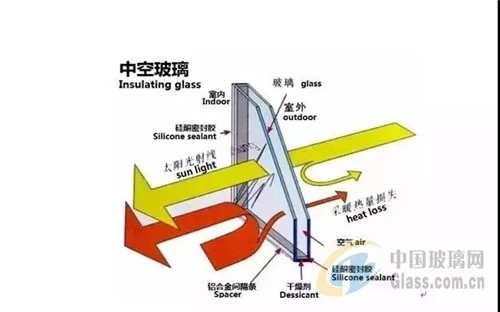 In summer, the low radiation insulating glass design of southern cities in China is mainly concerned with shielding ultraviolet rays, high transmission of visible light (increased use of natural daylight), low transmission of near-infrared rays (shielding solar thermal energy), low transmission of Long-wave (2.5μm~50μm) [prevents heat radiation from outdoor objects (highways, buildings, etc.) It also prevents the loss of indoor air-conditioning.
In summer, the low radiation insulating glass design of southern cities in China is mainly concerned with shielding ultraviolet rays, high transmission of visible light (increased use of natural daylight), low transmission of near-infrared rays (shielding solar thermal energy), low transmission of Long-wave (2.5μm~50μm) [prevents heat radiation from outdoor objects (highways, buildings, etc.) It also prevents the loss of indoor air-conditioning.
The value of e-values of low-e glass to distinguish the role of online low-e glass and off-line low-e glass as a film series, which is coated with one layer or several layers of silver metal films or other compounds on the glass surface, the film has a high surface emissivity, The wavelength in the 2.5μm~40μm of far-infrared heat radiation back. The smaller the e value of low-e glass, the lower the U value of the glass, the better the heat insulation effect.
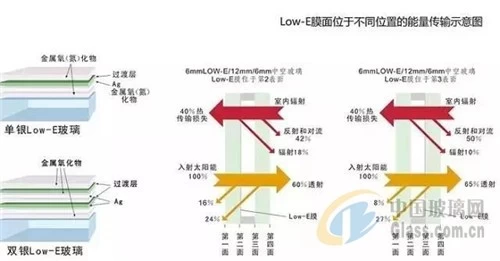
According to the processing technology, low-e glass can be divided into online low-e glass and off-line low-e glass. The main difference between the two is the e-value size of low-E glass, The e value of the general online low-E glass is about 0.30~0.16; the e-value of off-line Tamban low-e glass is generally around 0.15~0.08; e-value of double-low-E glass is about 0.05~0.07. The e value of three silver low-E glass is about 0.02. The emissivity of the ordinary transparent glass is 0.84, which means that the wavelength can be radiated back to 16% of the far infrared heat energy between the 2.5μm~40μm. such as the national Glass database of No. 253, is off-line low radiation coating glass, the radiation rate of 0.08, means that the wavelength in the 2.5μm~40μm far Infrared heat energy of 92% radiation back, so that the energy-saving effect of insulating glass more obvious.
The current use of insulating glass varieties, mostly double glass hollow, three glass hollow, double glass low-e hollow products. With the lifting of the requirements for energy-saving properties of doors and windows, the configuration of insulating glass for doors and windows to the dual-low-e hollow (off-line, double silver), three glass-low-e hollow, three glass dual-low-e or the use of warm edge, inflatable and other technology direction,GlassEnergy-saving performance will be significantly improved.
The choice of low-E glass is more and more valued by people, its product series, specifications, varieties more and more refined, for different energy-saving performance requirements, there have been more new products.
Characteristics of low-E glass
Low-E Glass (also known as lower-emissivity coated glass) is a short emissivity glass, which is a film product consisting of multilayer metal or other compounds on the surface of glass. The product has high transmittance to visible light, and has high reflectivity to infrared ray (especially for Cosco IR), and has good heat insulating property. It can play the role of controlling sunlight, saving energy, controlling heat and improving environment. The surface emissivity of ordinary glass is about 0.84, and the surface radiation rate of online low-e glass is generally below 0.25. The low emissivity of this thickness in 80nm~90nm has high reflectivity to far infrared radiation, and can reflect more than 80% of the far infrared radiation back, so the lower-E glass has good barrier effect of heat radiation.

The radiant rays of the sun, most of which pass through the insulating glass to the interior, bring light and warmth to our lives. Indoor items will be due to their own warm temperature and radiation (Long-wave), but also a certain amount of heat through the insulating glass and passed to the outside. Insulating glass made from low radiation coated glass will transmit most of the visible light and solar energy in the sun to the interior and effectively prevent the indoor RE radiation (Long-wave) from passing through the glass to the outside, achieving the goal of reducing the U value of the door and window products.
In winter, the low radiation insulating glass design in northern cities of China is mainly concerned with shielding ultraviolet rays, high transmission of visible light (increasing the use of natural daylight), high transmission of near-infrared rays (obtaining solar thermal energy), low transmission of long wavelength (2.5μm~50μm) (Preventing heat loss in the room).

The value of e-values of low-e glass to distinguish the role of online low-e glass and off-line low-e glass as a film series, which is coated with one layer or several layers of silver metal films or other compounds on the glass surface, the film has a high surface emissivity, The wavelength in the 2.5μm~40μm of far-infrared heat radiation back. The smaller the e value of low-e glass, the lower the U value of the glass, the better the heat insulation effect.

According to the processing technology, low-e glass can be divided into online low-e glass and off-line low-e glass. The main difference between the two is the e-value size of low-E glass, The e value of the general online low-E glass is about 0.30~0.16; the e-value of off-line Tamban low-e glass is generally around 0.15~0.08; e-value of double-low-E glass is about 0.05~0.07. The e value of three silver low-E glass is about 0.02. The emissivity of the ordinary transparent glass is 0.84, which means that the wavelength can be radiated back to 16% of the far infrared heat energy between the 2.5μm~40μm. such as the national Glass database of No. 253, is off-line low radiation coating glass, the radiation rate of 0.08, means that the wavelength in the 2.5μm~40μm far Infrared heat energy of 92% radiation back, so that the energy-saving effect of insulating glass more obvious.
